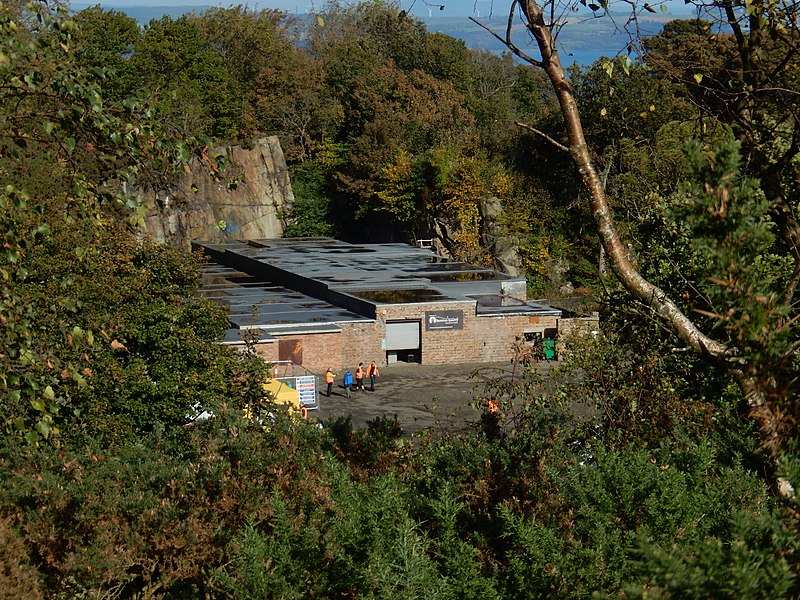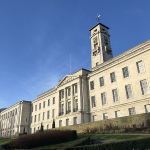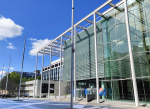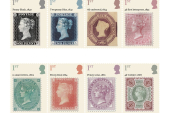
Barnton Quarry Nuclear Bunker, Scotland's largest Cold War bunker, is nestled deep beneath the Edinburgh hill of Corstorphine, hidden from view for decades. Constructed in 1944 and
expanded in 1951, it was initially designed to be Scotland's first line of defense against the threat of nuclear war. However, it was defunct by 1955, and its existence remained unknown to most people for years.
The entrance to the building is accessible only via a rough private track that leads 100 feet down to the building. Spread over three storeys, the bunker's layout is a maze of corridors and rooms, with the main operations floor at its heart. The main operations floor was equipped with a BBC broadcasting studio and was designed to provide safe haven for Queen Elizabeth II in the event of an attack while she was in residence.
During the 1950s, the operations floor was used to gather information to locate any aircraft in Scottish airspace. However, a former Home Office bunker official revealed that the radar operations center only lasted 18 months. He explained that the bunker's radar systems became less advanced than fighter jets, rendering the technology obsolete.
The bunker was declassified in 1955 and taken over by the government in 1960 to become a protected control center in the event of a nuclear attack. However, the government moved the center to the Kirknewton area of the city five years later and several other locations after that. After being closed by the military, the bunker was transferred to Lothian Regional Council in 1983 for use as an emergency control center. However, the council found the bunker to be too big and never really used it. The site was then bought by MacGregor Properties, which failed to get planning permission to build retirement flats on the site.
Finally, in 1996, local businessman James Mitchell purchased the bunker for £60,000 after the council could not find a use for it. Mitchell said that he asked to buy the bunker because they were unable to do anything with it due to the lack of planning permission for flats. After a board meeting, Mitchell had bought the bunker and was driving over the Forth Road Bridge. Today, the Barnton Quarry Nuclear Bunker is a historical landmark that offers a glimpse into Scotland's Cold War past. Visitors can tour the bunker's interior, which features the main operations room, broadcasting studio, and living quarters, among other areas. The bunker serves as a reminder of the ongoing threat of nuclear war and the lengths to which countries must go to protect themselves. Photo by AlasdairW, Wikimedia commons.



































